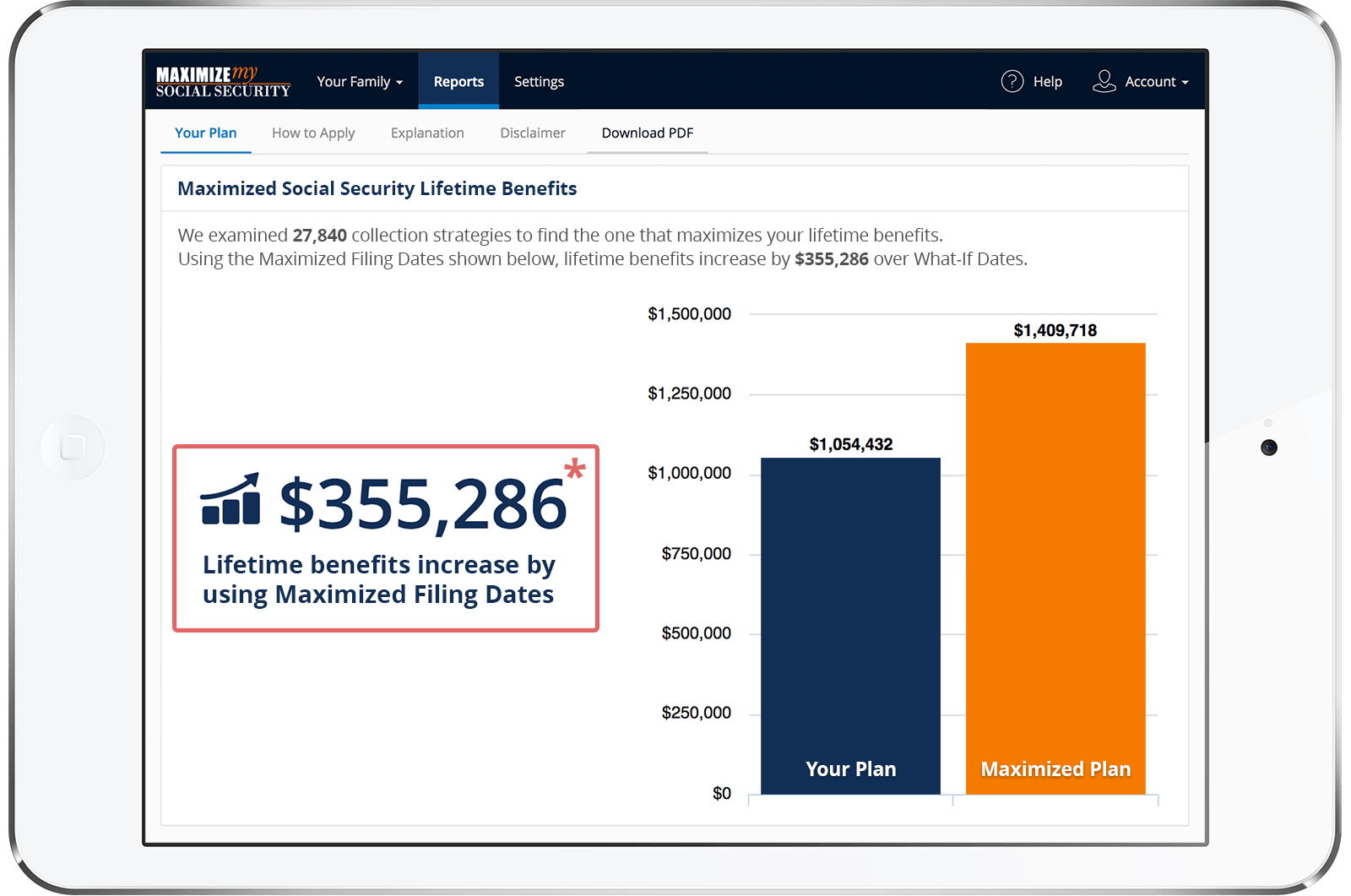I have been collecting SS disability since 2012 (at age 56) at $1293 a month. My husband was still working at the time. He got cancer at 64 in 2015, filed for SS in April of 2016, when he stopped working. When his condition became terminal, he filed for SS disability, received two payments and passed away in December of 2015. My benefits were more than his.
I have just turned 62, and am still on disability. I am wondering if there is anything I can do to maximize my benefits? Should I be taking his benefits now? Will they grow if I wait until my full retirement age of 66?
Hi,
I'm sorry for your loss.
I don't have enough information to give you a definite answer. If your own disability benefit (SSDI) rate is higher than your husband's primary insurance amount (PIA), you wouldn't be able to get any benefits on your husband's record now or in the future. Your husband's PIA would be the same as his full retirement age rate or his full SSDI rate, so if your SSDI rate was higher than your husband's, you probably won't be eligible for any additional benefits from your husband's record. On the other hand, if your unreduced widow's rate would be higher than your SSDI rate it would almost certainly be advantageous to file for your widow's benefits as soon as possible. If that was the case, your widow's rate would be paid at a reduced rate initially, but the reduction would be removed at your full retirement age (FRA). You should probably check with Social Security to be see if you qualify for any benefits from your husband's record.
For example, say Julie receives a monthly SSDI rate of $1300. Julie's husband is deceased, and his primary insurance amount (PIA) was $1500. If Julie filed for widow's benefits at FRA she would receive the higher of those 2 rates, or $1500 in this example. Specifically, Julie would continue to receive her own $1300 plus the $200 difference between her husband's PIA and her own full rate for a total of $1500. However, if Julie's husband had received reduced retirement benefits prior to his death then Julie would receive an amount lower than his full PIA.
But, in the same example above, if Julie files for widow's benefits at age 62 her $200 excess widow's benefit would be temporarily reduced to $162, giving her a combined benefit amount of $1462 (i.e. $1300 + $162). However, since Julie was receiving SSDI when she started drawing her widow's benefit the $38 reduction would be removed at her FRA, raising her total benefit rate from then on to $1500.
So, in other words, if a widow(er) is receiving SSDI and becomes eligible for additional widow's benefits, there is no advantage to waiting until FRA to file for the widow(er) benefits. In fact, waiting would be disadvantageous because the widow(er) would just be passing up the additional benefits that they could be paid prior to their FRA. But, if the deceased spouse's PIA is lower than the widow(er)'s own SSDI rate, no widow(er)'s benefits would be payable.
Best, Jerry
